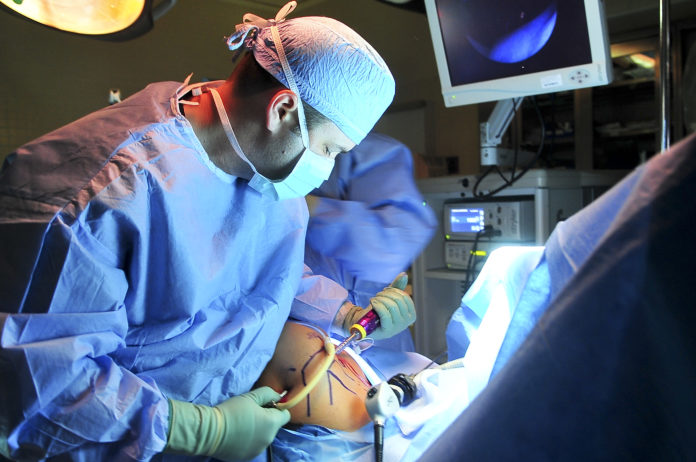Wrong side surgical errors are common and these errors are totally preventable
Performing a procedure on the wrong side of a patient’s body may be more common than you thought.
More than 80 wrong side error (WSE) incidents were reported across 100 hospitals in Spain over the past decade, according to a new research presented at the Euroanaesthesia Congress (the annual meeting of the European Society of Anaesthesiology) in Vienna, Austria.
“The stark reality is that due to the lack of reporting to incident databases, these figures most likely represent an underestimate of the true situation”, said Dr Daniel Arnal from the Hospital Universitario Fundación Alcorcón, Madrid, Spain who led the research. “However, the reporting of wrong side errors have led to substantial corrective measures to prevent their repetition in our hospitals.”
Previous studies have estimated 1 wrong side surgery per 100,000 procedures and 1.3 wrong-side nerve blocks per 10,000 procedures
Prevention of wrong side errors requires the correct implementation of surgical safety checklists (with every team member present), and the creation of a standardised surgical site marking protocol, while increasing reporting of case occurrence and reducing the shame felt by medical teams associated with these events, researchers said.
Previous studies have estimated 1 wrong side surgery per 100,000 procedures and 1.3 wrong-side nerve blocks per 10,000 procedures.
Researchers analysed WSE incidents reported to SENSAR (Spanish Safety Reporting System in Anaesthesia and Resuscitation), which covers 100 predominantly large hospitals across Spain between 2007 and 2018.
Overall, 81 incidents were reported in 11 years, with high numbers of WSEs noted in orthopaedic (48%) and ophthalmology (28%) surgery.
36 (44%) of these WSEs were related to the surgical procedure, and the surgery was actually performed in half of these cases. The remaining 45 (56%) WSEs involved the anaesthetic technique (the wrong side of the the body given anaesthesia), with an incorrect nerve block performed in 91% of cases. Severe harm was caused on three occasions.
Analysis of WSEs suggests several common causes and systemic failures. In two-thirds of cases, the absence or incorrect use of the surgical checklist was reported. Other factors included rushing and poor communication amongst the medical team.
“Our findings highlight the need for adequate training and appropriate use of surgical check-lists, as well the creation of a standardised surgical site marking protocol, the correct revision of clinical history and imaging tests, and involving patients in their own safety”, said Dr Arnal. “While these serious wrong side events are extremely rare, our mission should be to drive them down to zero.”


